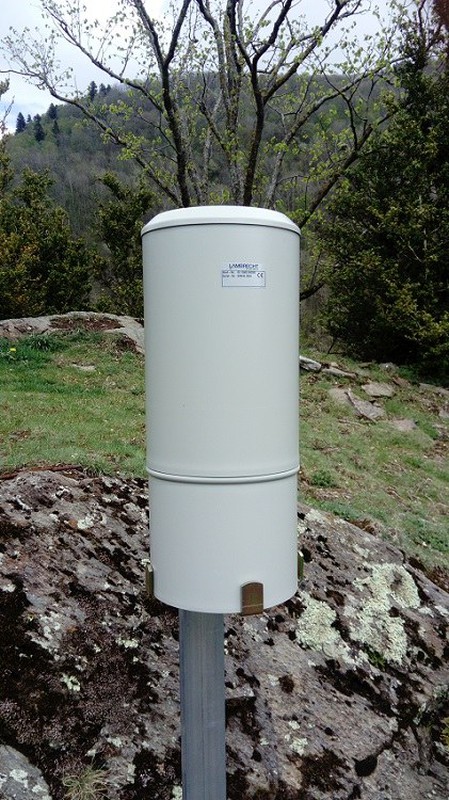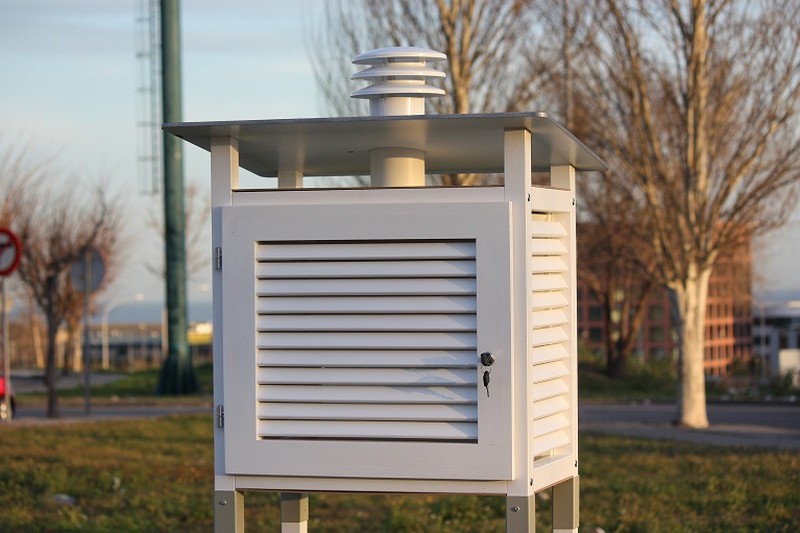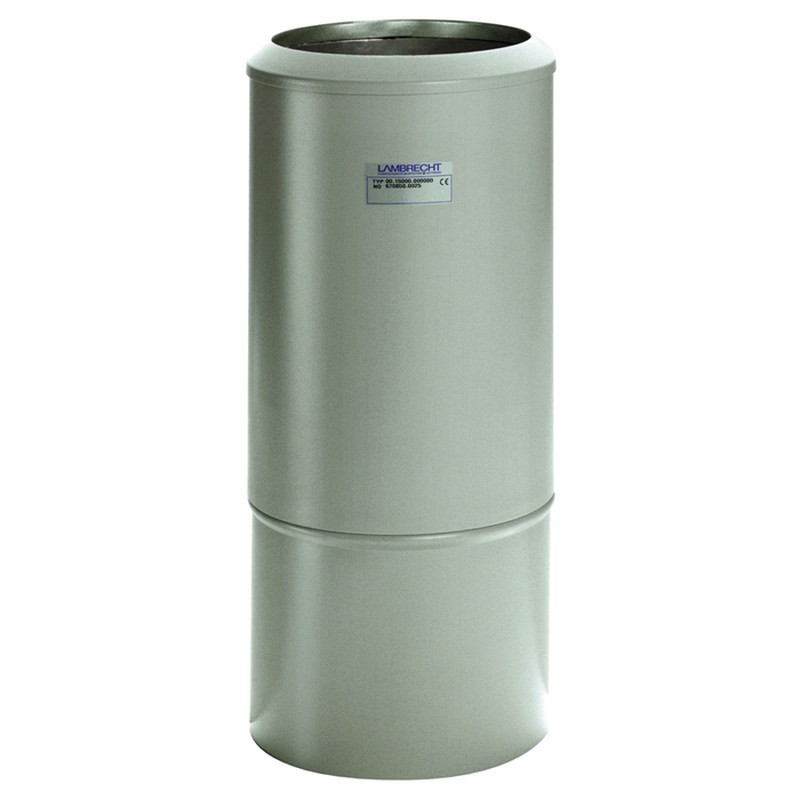Do we observe correctly?
Some keys to correct meteorological observation

Every weather observer wants their measurements to be as accurate as possible. In order to achieve this accuracy, the sensors must be correctly located and protected.
The most paradigmatic case is that of the thermometer, the hygrometer or if we opt for the digital version, the temperature and humidity sensor. This sensor must be protected from solar radiation and rain. Here we have two options:
- The least ideal is to install the sensor or thermometer without external protection in a place where it is always in the shade. It should also be protected from rain, condensation would alter the measurement of the relative humidity of the air.
- The best is to install the sensor inside a protection system, sentry box or weather coat. Thus the sensor can be located anywhere since the protection prevents it from being altered by solar radiation and rain.
Automatic weather stations are protected with a coat or plate system, which is also called the Radiation Shield. The manual meteorological observatory is equipped with a wooden double-blind weather gate, where thermometers, psychrometer and hygrometer are protected.
In certain types of sensors, orientation is essential for a correct reading. We are talking about the weather vane and the pyranometer or solar radiation sensor.
- The weather vane, in digital weather stations, must always be oriented to the north at the time of installation, so that it begins a correct reading from start-up.
- The pyranometer must be oriented to the south or south-east. This is because this sensor must be located in such a way that it receives the highest percentage of solar radiation in all the sunny hours of the day. It is also essential that you have no obstacles nearby that block your sunlight.
Another very important consideration is that in a manual observatory, the gate of the sentry box must always be facing north. With this orientation, when you open the door, the sun will never enter the sentry box. If the sun were to enter, this would affect the instruments.
Location is an essential third step to good observation. Here come trivial considerations.
- The anemometer (vane and blades) must be located in an open place, without any obstacle that obstructs the direction or the flow of wind.
- The rain gauge must be located 1.5m above the ground with nothing to cover the mouth of the rain gauge or any screen, vegetation, wall or wall.
- Thermometers, hygrometers, psychrometers or temperature and humidity sensors must be located at 1.5m and with the protection systems that we have previously explained.
- The pyranometer must be located between 1.5 and 3m high.
Finally, the instruments must have maintenance and control. Maintenance will prevent its deterioration, we must control that no component is damaged or that any external agent modifies or alters the measurement.
The sentry box or coat must be in perfect condition, without breaks and in the case of the wooden sentry box, painted white correctly.
We must check that the rain gauge is not blocked by plant debris, mud or even bird or insect nests.
We must check that the column of analog thermometers is whole (not broken) and that there is no condensation inside the hygrometer. In the case of the psychrometer, the wet thermometer tank must always contain water.
In the case of digital instruments we must control the correct retransmission of the data and that we do not have totally exorbitant data, which correspond to false readings.








Opinions of our clients
Receive our news